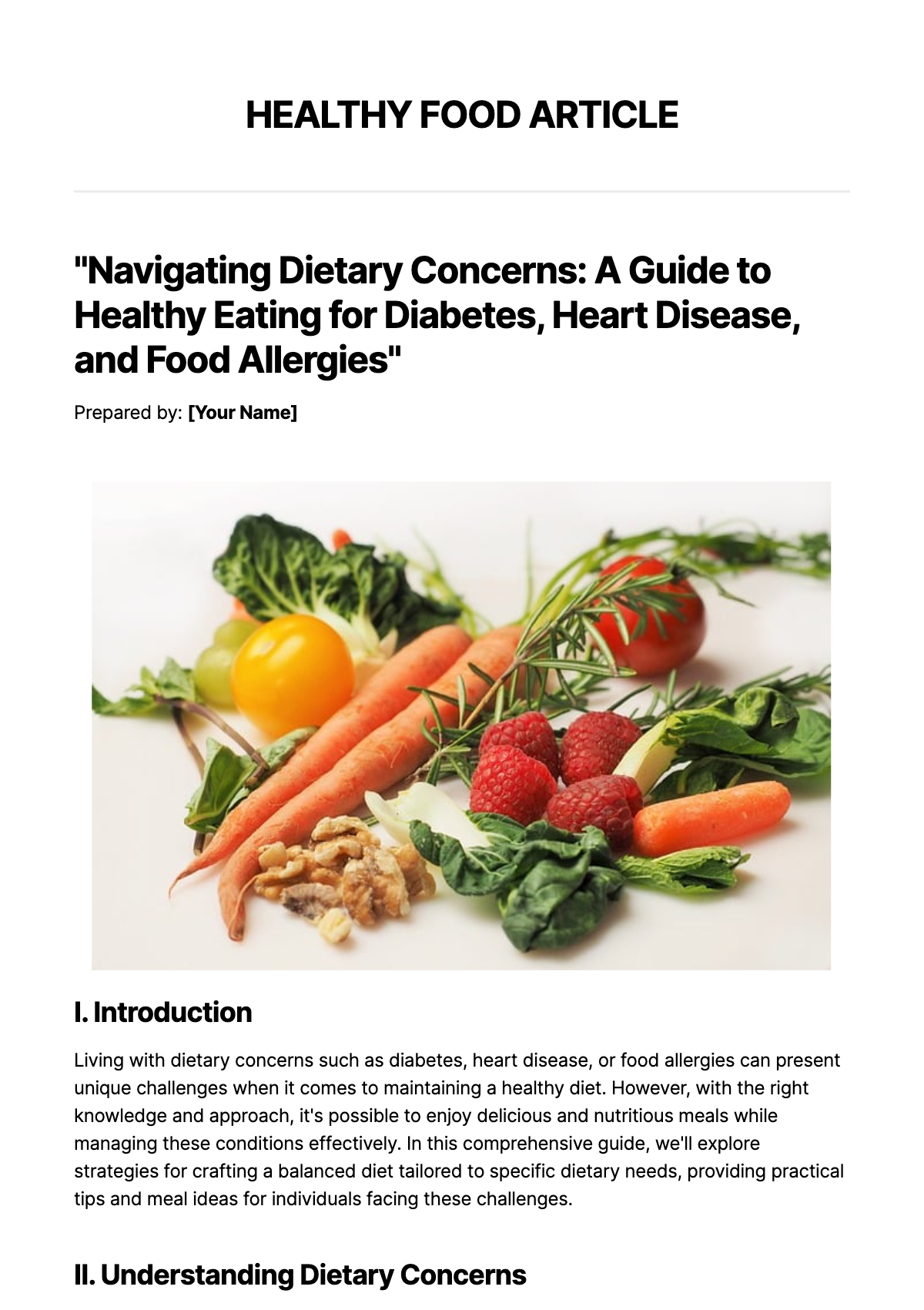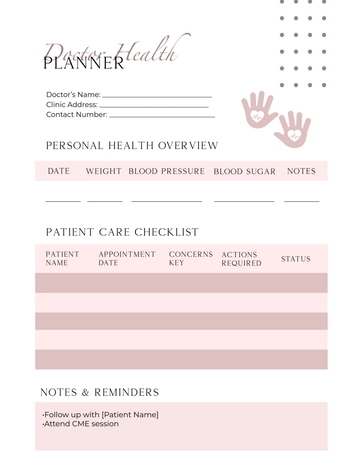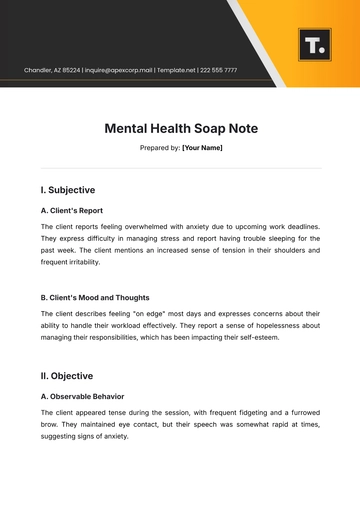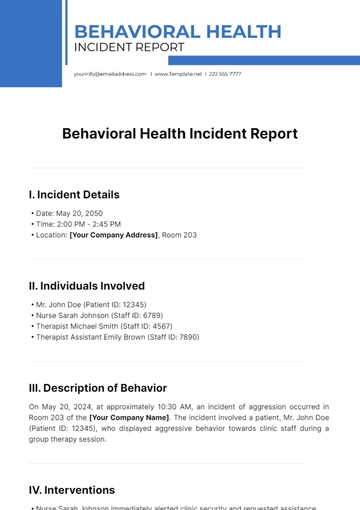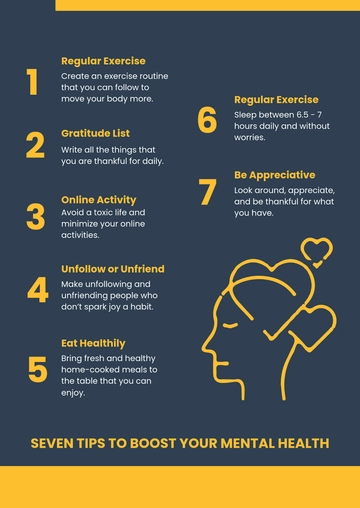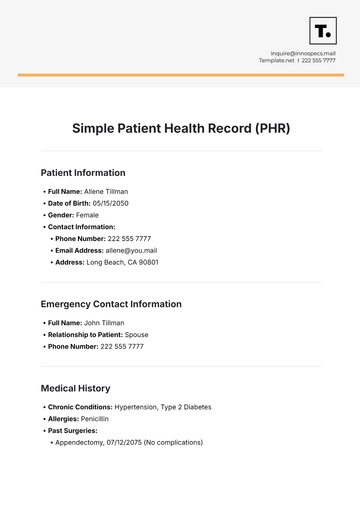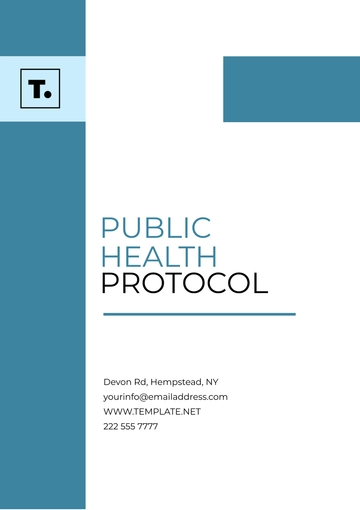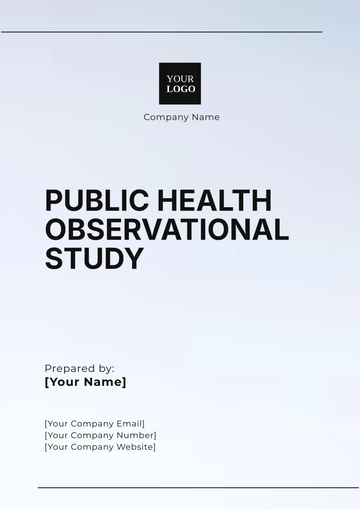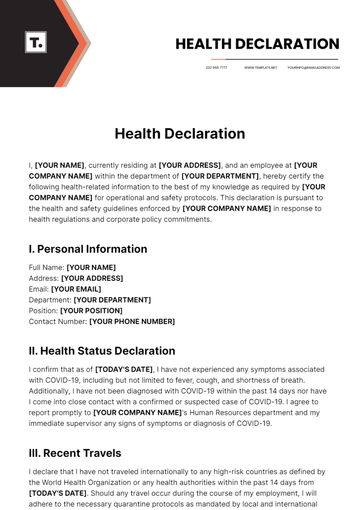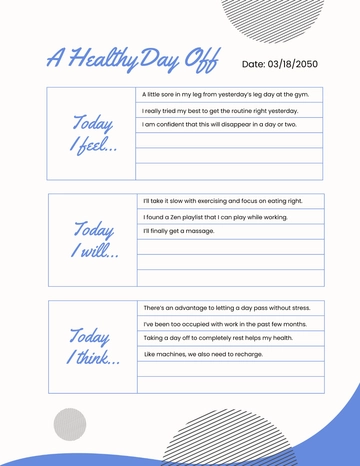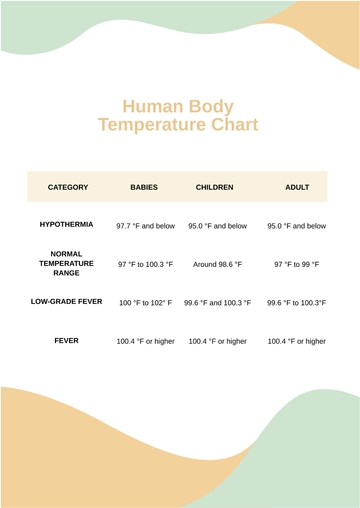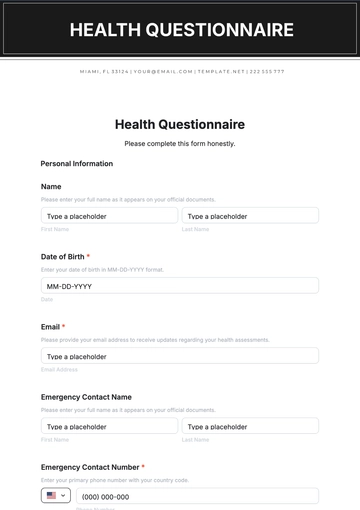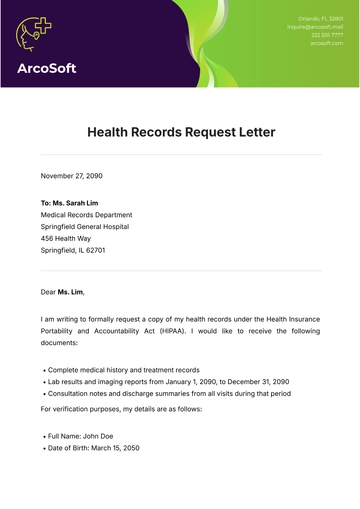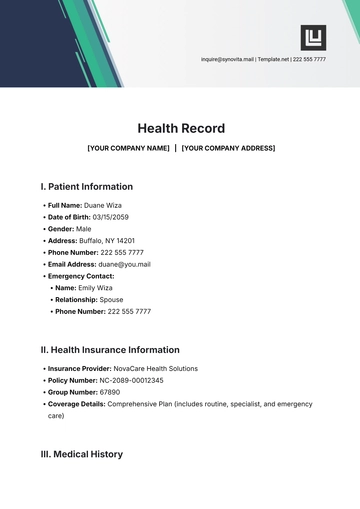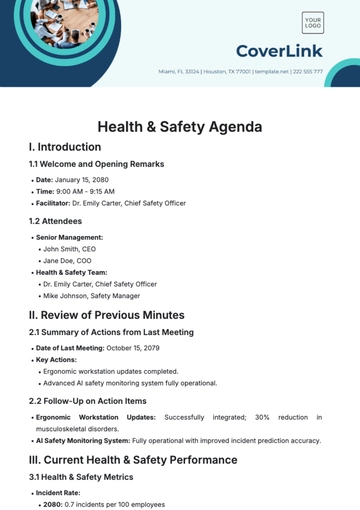HEALTHY FOOD ARTICLE
"Navigating Dietary Concerns: A Guide to Healthy Eating for Diabetes, Heart Disease, and Food Allergies"
Prepared by: [Your Name]

I. Introduction
Living with dietary concerns such as diabetes, heart disease, or food allergies can present unique challenges when it comes to maintaining a healthy diet. However, with the right knowledge and approach, it's possible to enjoy delicious and nutritious meals while managing these conditions effectively. In this comprehensive guide, we'll explore strategies for crafting a balanced diet tailored to specific dietary needs, providing practical tips and meal ideas for individuals facing these challenges.
II. Understanding Dietary Concerns
A. Diabetes:

Diabetes is a chronic condition characterized by high blood sugar levels, which can result from inadequate insulin production or ineffective insulin utilization by the body.
Individuals with diabetes must carefully monitor their carbohydrate intake to manage blood glucose levels and prevent complications.
Emphasizing fiber-rich foods, lean proteins, and healthy fats can help stabilize blood sugar levels and promote overall health for those with diabetes.
B. Heart Disease:
Heart disease encompasses a range of conditions that affect the heart and blood vessels, including coronary artery disease, high blood pressure, and stroke.
A heart-healthy diet focuses on reducing saturated fats, trans fats, cholesterol, and sodium intake, while increasing consumption of fruits, vegetables, whole grains, and omega-3 fatty acids.
Incorporating nutrient-dense foods like leafy greens, berries, nuts, and fatty fish into meals can support cardiovascular health and lower the risk of heart disease complications.
C. Food Allergies:
Food allergies occur when the immune system reacts adversely to specific proteins in certain foods, triggering allergic reactions ranging from mild to severe.
Common food allergens include peanuts, tree nuts, shellfish, eggs, milk, soy, wheat, and fish.
Strict avoidance of allergenic foods and careful reading of food labels are essential for individuals with food allergies to prevent allergic reactions and ensure safe eating experiences.
III. Practical Tips for Healthy Eating
A. Meal Planning:
Meal planning is key to maintaining a nutritious diet while managing dietary concerns. Consider consulting with a registered dietitian to develop personalized meal plans tailored to individual needs and preferences.

Aim to include a variety of nutrient-rich foods from all food groups in your meals, focusing on proper portion sizes and mindful eating practices.
Experiment with new recipes and cooking techniques to keep meals exciting and enjoyable, while still adhering to dietary guidelines.
B. Label Reading:
When shopping for groceries, carefully read food labels to identify potential allergens or ingredients that may exacerbate [diabetes] or [heart disease].
Look for products labeled as "low-sodium," "sugar-free," or "allergen-free" to help make informed choices that align with dietary restrictions and preferences.
Be vigilant about cross-contamination risks, especially when dining out or preparing meals in shared kitchen spaces, to prevent accidental exposure to allergens.
IV. The Benefits of Eating Healthy
Eating a diet rich in nutritious foods comes with a myriad of health benefits. Below, we outline several key advantages:
These benefits highlight the importance of making healthy eating a priority. Whether you're concerned about chronic diseases or maintaining a vibrant, energetic lifestyle, your diet plays a significant role.
V. Top 10 Healthy Foods to Include in Your Diet
Transform your eating habits by incorporating these top 10 nutritious foods into your diet:
Broccoli - high in fiber and vitamin C
Quinoa - a complete protein packed with all nine essential amino acids
Blueberries - rich in antioxidants and phytoflavinoids
Almonds - contain heart-healthy monounsaturated fats and magnesium
Salmon - an excellent source of omega-3 fatty acids
Spinach - loaded with iron, folate, and vitamins A and C
Sweet potatoes - packed with vitamin A and beta-carotene
Garlic - known for its immune-boosting properties
Oats - high in soluble fiber, which can lower cholesterol levels
Yogurt - a great source of calcium and probiotics
A. Seasonal Variations
Adjusting your diet based on the season can not only save you money but also provide you with the freshest and most nutritious produce. Use the table below to find the best seasonal foods:
Season | Fruits | Vegetables |
|---|
Spring | Strawberries, Mangos | Asparagus, Peas |
Summer | Peaches, Watermelons | Cucumbers, Tomatoes |
Fall | Apples, Pears | Pumpkins, Sweet Potatoes |
Winter | Oranges, Kiwis | Broccoli, Cauliflower |
VI. Practical Tips for Incorporating Healthy Foods Into Your Diet
Embracing a healthy diet isn’t just about choosing the right foods; it's also about making these choices habitually. Here are some practical steps to help you incorporate these healthy options seamlessly into your meals:
Start your day with a nutritious breakfast that includes oats or yogurt.
Plan your meals weekly to include a variety of the top 10 nutritious foods.
Prepare healthy snacks in advance, like mixed nuts or chopped vegetables, to avoid unhealthy vending machine temptations.
VII. Conclusion
Navigating dietary concerns such as diabetes, heart disease, or food allergies doesn't have to mean sacrificing flavor or variety in your meals. By understanding the unique nutritional needs associated with these conditions and implementing practical strategies for healthy eating, individuals can enjoy satisfying and nourishing foods while effectively managing their health. Remember to consult with healthcare professionals and registered dietitians for personalized guidance and support on your journey toward better nutrition and well-being.
Article Templates @ Template.net
